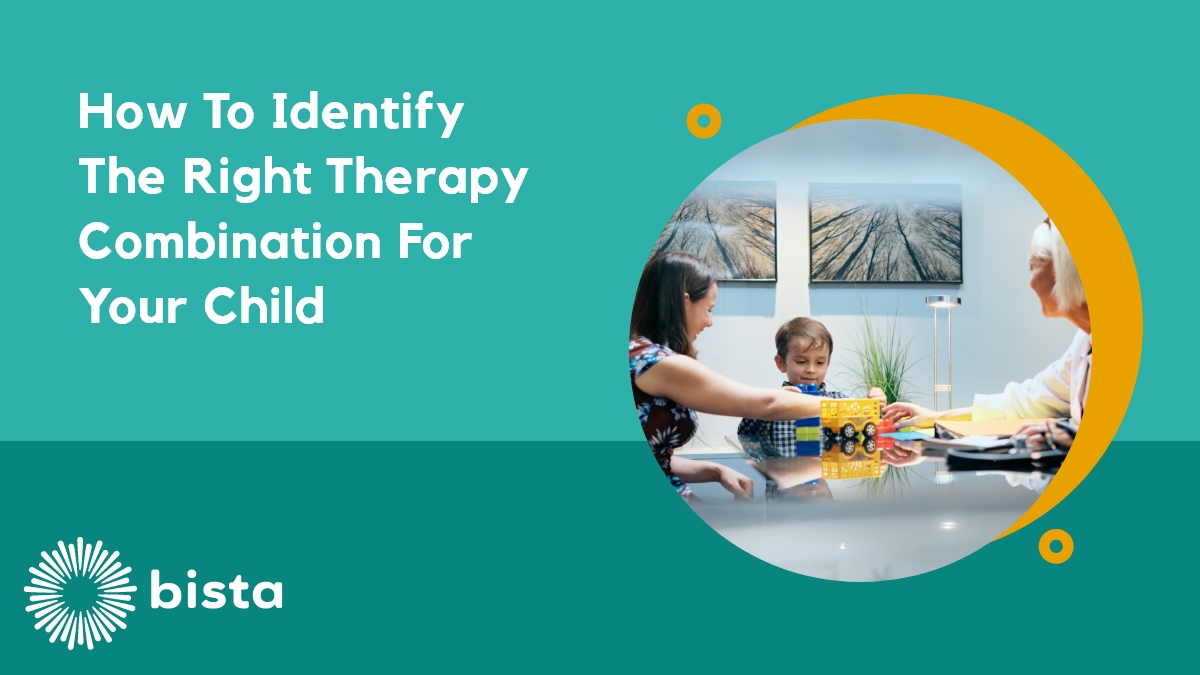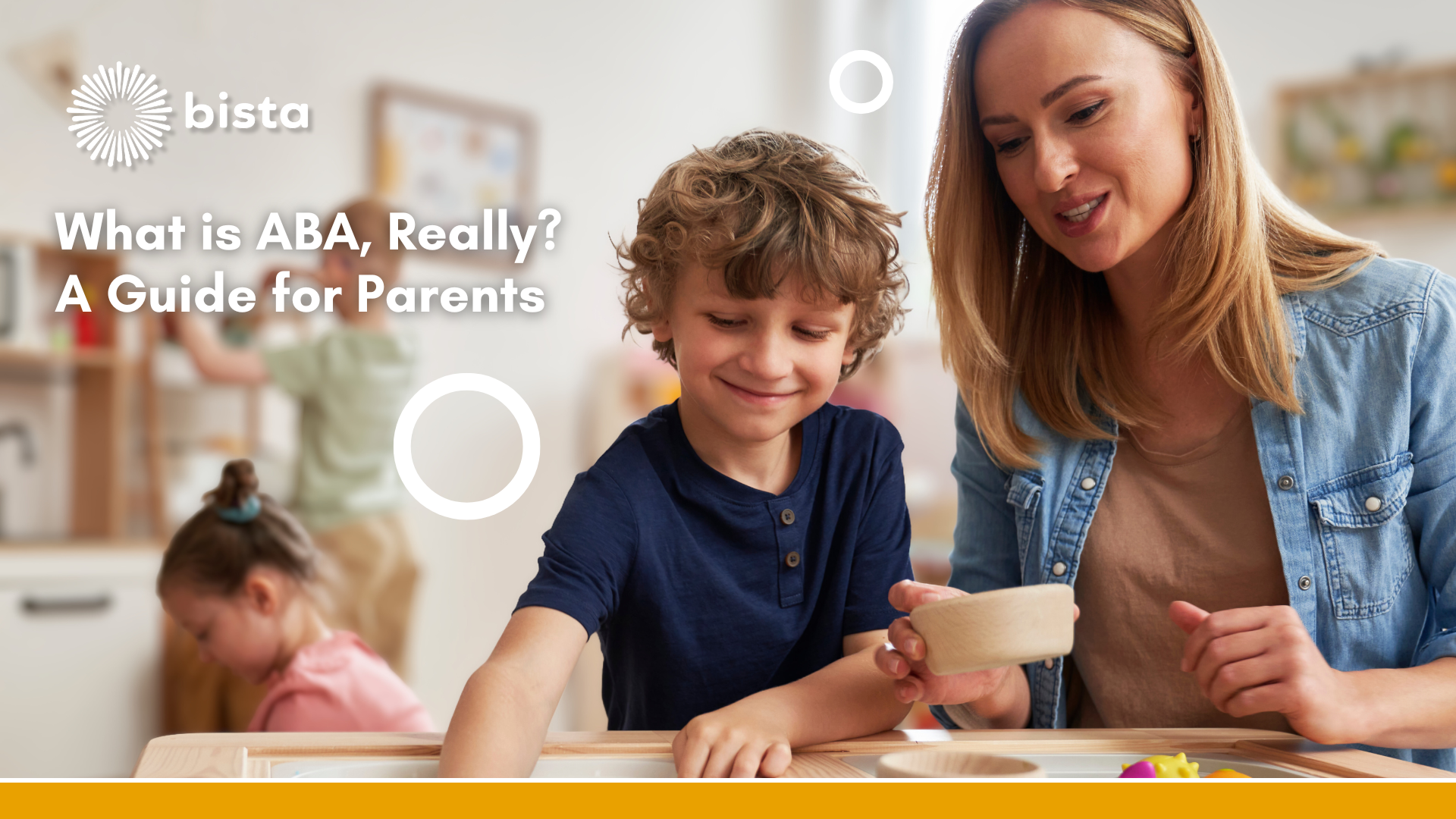As a parent, finding the right combination of therapies for your child can feel overwhelming, especially when your child has unique needs that require specialized care. Whether you’re dealing with developmental delays, behavioral challenges, or speech and motor skill difficulties, it’s crucial to identify the therapies that will work best for your child’s growth and development.
The right therapy combination can make all the difference in your child’s progress. Here’s a guide to help you understand how to identify the best therapy options for your child.
1. Start with a Thorough Evaluation
The first step in identifying the right therapy combination for your child is getting a comprehensive evaluation from a qualified healthcare professional. This evaluation typically involves developmental assessments, behavioral observations, and input from medical providers. The goal is to understand your child’s strengths, challenges, and the areas where they need support.
At BISTA Center, our team of professionals provides in-depth evaluations that help parents pinpoint the areas of need, including behavior, communication, and motor skills. These assessments form the basis for developing a customized therapy plan.
2. Understand the Different Therapies Available
Understanding the range of therapies available can help you make informed decisions. Each therapy offers distinct benefits depending on your child’s specific needs:
– Applied Behavior Analysis (ABA): ABA therapy is designed to improve social, communication, and learning behaviors, often through positive reinforcement. It’s widely used for children with autism and other developmental challenges.
– Speech Therapy: If your child struggles with verbal or non-verbal communication, speech therapy can help improve their language skills, pronunciation, and overall ability to express themselves.
– Occupational Therapy (OT): Occupational therapy focuses on improving daily living skills, motor coordination, and sensory processing. This therapy is ideal for children who struggle with tasks like dressing, eating, or fine motor control.
3. Consider Your Child’s Unique Needs
Your child’s specific challenges and strengths should guide the therapy choices. For instance, if your child has difficulty with communication, speech therapy may be the primary focus. If behavioral challenges are preventing them from participating in everyday activities, ABA therapy could be beneficial. If fine motor skills or sensory sensitivities are an issue, occupational therapy can help.
Many children benefit from a combination of therapies. For example, a child with autism might receive both ABA to manage behaviors and speech therapy to improve communication skills. A child with sensory processing difficulties may benefit from occupational therapy alongside ABA to address sensory triggers and improve focus.
4. Look for a Collaborative Approach
Once you’ve identified the therapies that would best support your child, it’s essential to ensure that the therapy providers collaborate. A coordinated approach between ABA, speech, and occupational therapists leads to better outcomes as each therapy can reinforce the progress made in the others. At BISTA Center, we emphasize collaboration across therapy disciplines to create a unified treatment plan that supports your child in all areas of development.
5. Stay Open to Adjustments
It’s important to remember that your child’s needs may change over time, and so may their therapy combination. Regular progress evaluations will help you and your therapy team determine if any adjustments are necessary. Sometimes, adding a new therapy or shifting the focus of an existing therapy is needed to keep your child moving forward.
6. Trust Your Instincts and Ask Questions
As a parent, you know your child best. Trust your instincts when it comes to their care. Don’t hesitate to ask questions or seek second opinions if you’re unsure about a recommended therapy or approach. The goal is to find the combination of therapies that helps your child thrive and achieve their highest potential.
Conclusion
Finding the right therapy combination for your child can be challenging, but it’s one of the most important decisions you can make for their development. By starting with a comprehensive evaluation, understanding your child’s unique needs, and choosing therapies that complement one another, you can create a treatment plan that supports their growth in the best way possible. At BISTA Center, we’re here to help guide you through this process, ensuring that your child receives the care and support they need.



